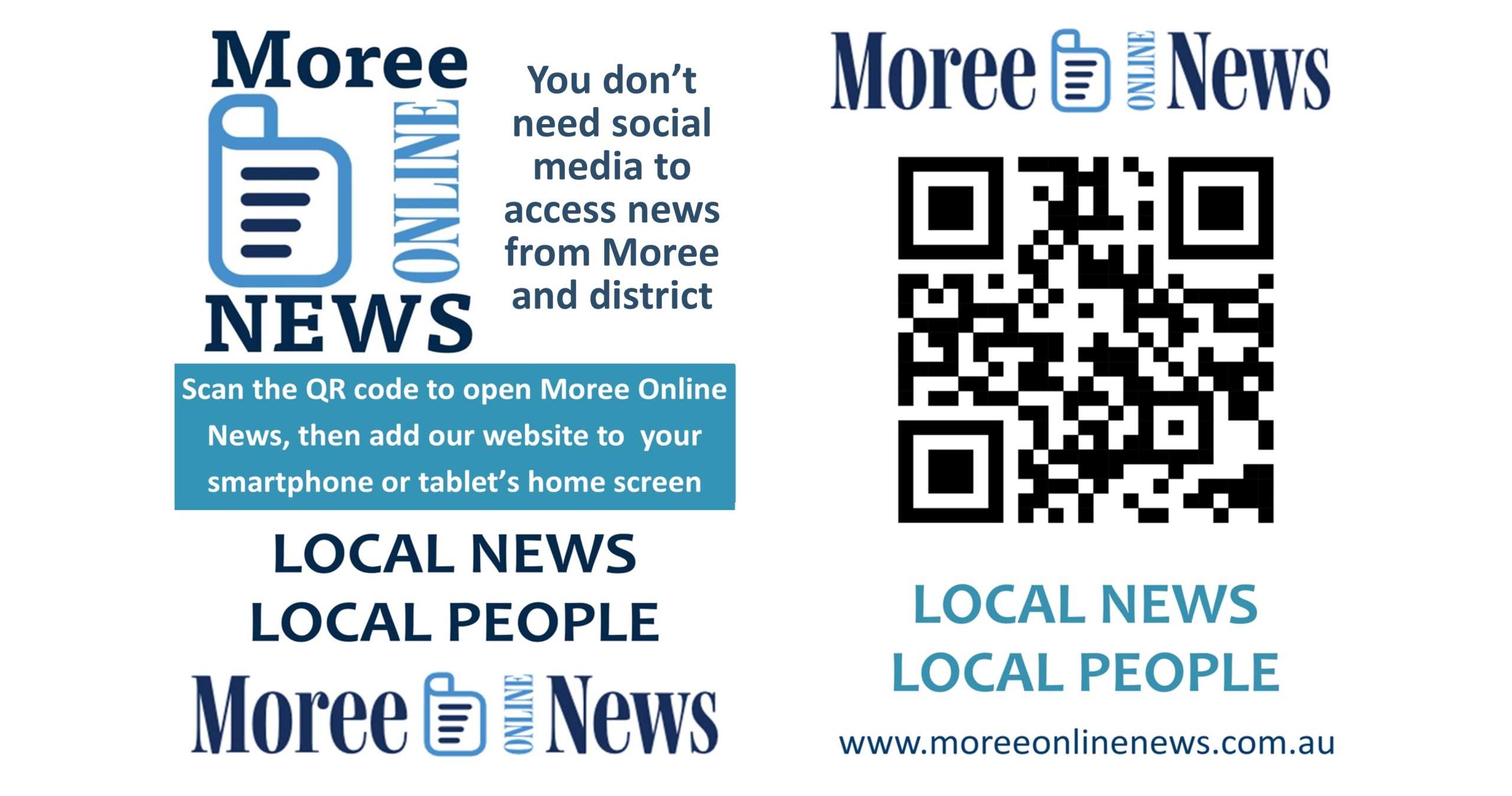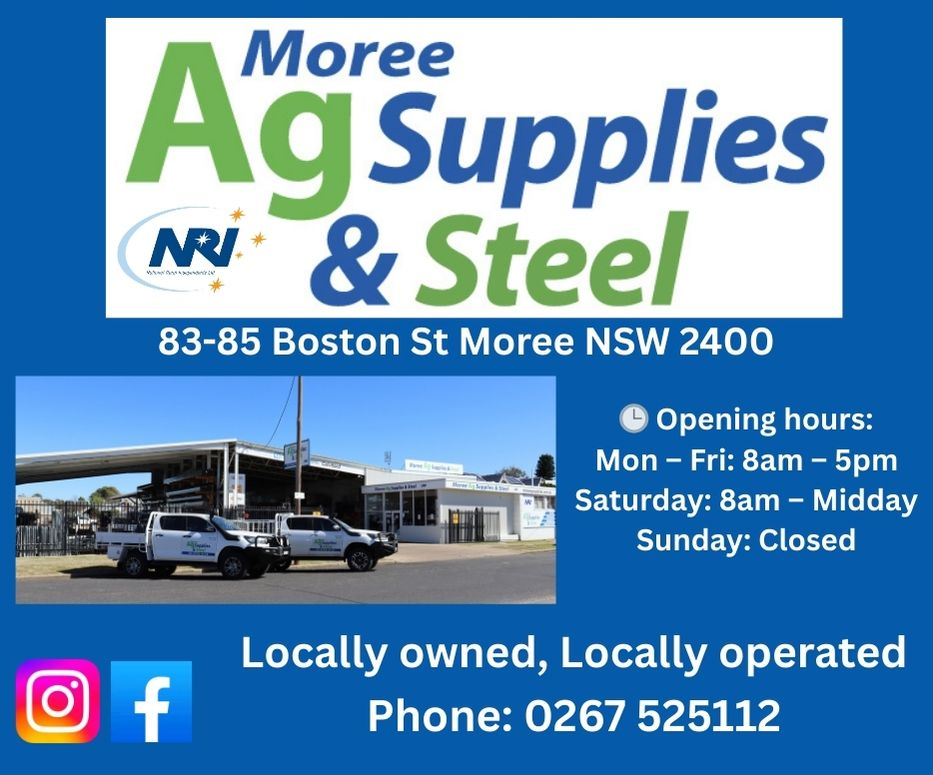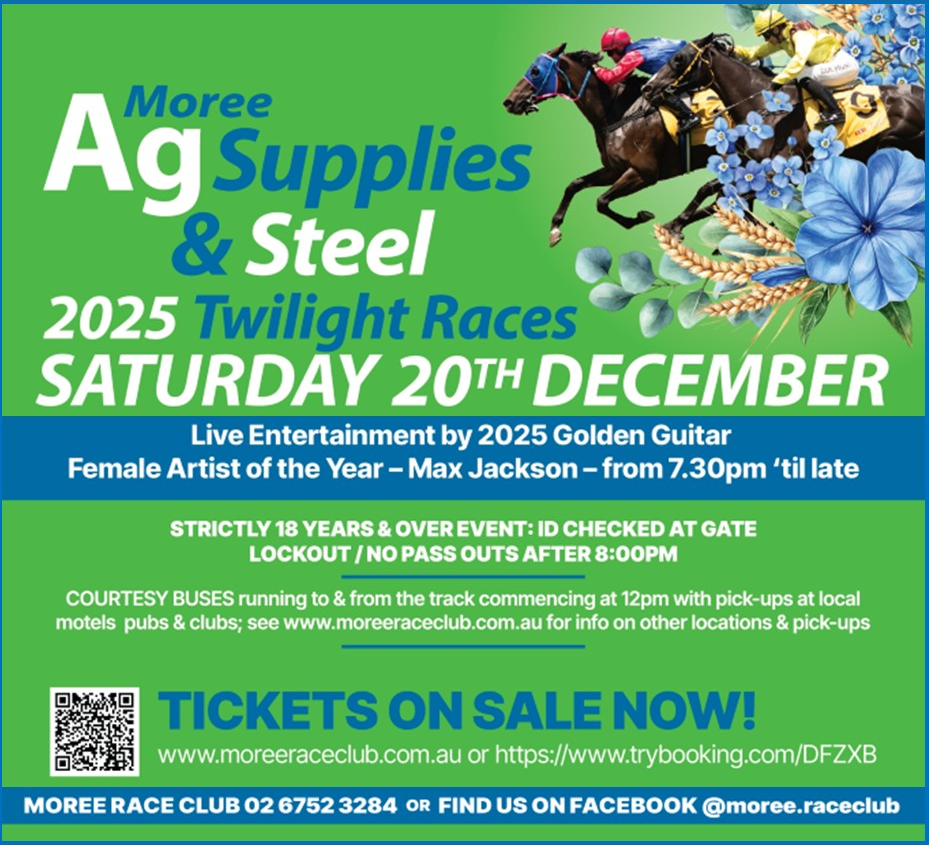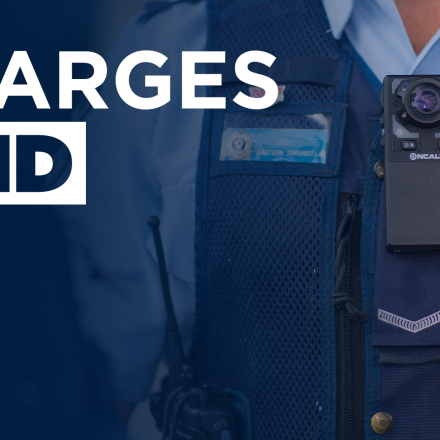MEMBER for Barwon, Roy Butler, is calling for any decision to close country greyhound tracks to be put on hold pending a requested parliamentary inquiry into Greyhound Racing NSW.
GRNSW has released an Optimisation Report that recommends closing 15 tracks in country New South Wales, including Coonamble and Broken Hill in the Barwon electorate.
Late Thursday, Mr Butler made a Private Members’ Statement to NSW Parliament calling for the parliamentary inquiry, with the terms of reference including the objectives of GRNSW and their suitability; equity of access to GRNSW funds for regional clubs; the support offered by GRNSW to smaller regional track facilities; the role and objectives of the Greyhound Welfare Integrity Commission; greyhound welfare measures including rehoming programs; and financial decisions of GRNSW, including contract employment arrangements.
Mr Butler has also flagged the need to amend the ‘objectives’ of GRNSW to include consideration of the social and cultural role the sport plays in country New South Wales.
“Country areas lack the social and recreational opportunities that our metropolitan and coastal cousins have,” said Mr Butler. “Greyhound racing provides family-friendly entertainment and builds social connections in many country communities,” Mr Butler said.
“GRNSW should be obliged to consider this social and cultural role while administering the sport, but the organisation’s ‘objectives’ are instead focused on commercial outcomes.
“The criteria of GRNSW’s Optimisation Report were designed so that the final report recommended closing country racetracks to maximise gambling profits.
“But a proportion of gambling revenue should be directed towards the continuation of greyhound racing in country communities,” Mr Butler said.
The delivery of the report by Deloitte Australia into racetrack optimisation in the NSW Greyhound Racing industry, has recommended reducing the number of racetracks in the State to 15 with potentially a staged reduction to the optimal number of 12 racetracks.
In May this year, GRNSW consulted with stakeholders at the Industry Future Summit, where it was agreed that optimisation was critical to the industry’s future and sustainability.

Roy Butler is calling for any decision to close country greyhound tracks to be put on hold pending a requested parliamentary inquiry into Greyhound Racing NSW.
Deloitte was commissioned to review data and criteria of each of the New South Wales tracks and clubs, with their report recommending a three-stage implementation plan.
While Deloitte’s analysis indicated the optimal number of racetracks for New South Wales is 12, the report recommends a staged implementation plan, which once implemented will result in 15 racetracks forming part of the New South Wales racing footprint.
GRNSW chief executive officer Steve Griffin said Greyhound Racing NSW has been in contact with all of the clubs which will be impacted by the optimisation recommendations.
“We have spoken at length about the process and why their respective clubs sit where they are in the optimisation recommendations,” Mr Griffith said.
The optimal footprint is based on supporting the current number of race meetings held across the State and ensuring that each of the regions has at least one track to support the demand in that region.
The first tranche of implementation will see all of the State’s Non-TAB tracks at Coonamble, Kempsey, Moree, Potts Park, Tamworth, Wauchope, and Young close by the end of 2025. There is an opportunity for each to become a trial track if desired by the club.
Many of these clubs have either already closed, merged or transitioned to trial tracks.
Lithgow, which has been a non-TAB club, will be upgraded in 2026 and be part of the footprint of 15 clubs.
The second tranche, to be completed by June 30, 2026, will see three TAB clubs close – Broken Hill, Maitland and Wagga Wagga.
With the recent end of racing at Dapto, this will bring the number of TAB tracks to 15.
Deloitte’s report suggested a potential third tranche, closing three more tracks. However, recommended GRNSW monitor the performance of all tracks in the network and the demand for racing, to ensure the number of tracks supports the financial viability and sustainability of the industry.
“As everyone can see from the Deloitte report, which we have made public on our website, it is a comprehensive body of work, and it had to be if we are to embark on such a monumental change to our industry,” Mr Griffin said.
“While this was never going to be an easy task, they ensured that as an industry we can make accurate and measured evidence-based decisions, for the future betterment of the industry in New South Wales.
“It’s never easy having to make decisions such as this. However, for the future of the industry, everyone unanimously agreed at our Industry Future Summit that we have too many racetracks in NSW and we need optimisation, and the Deloitte report confirmed this,” Mr Griffin said.
“With optimisation we will be able to lower costs and maximise returns and profits to participants and clubs. Optimisation will allow clubs to be autonomous and financially independent, as well as allowing clubs to realise the non-racing potential of their capital assets.”
Meanwhile, GRNSW says it has produced a year-on-year financial turnaround of more than $18 million.
The figures highlighting a successful year of benchmarking results for GRNSW were published on Thursday, following the tabling of the organisation’s FY24-25 Annual Report by the Minister for Racing and Gaming, David Harris.
During FY24-25 GRNSW also conducted a record number of races, had the most starters ever compete, and recorded the third highest wagering turnover in its history.
Mr Griffin said GRNSW is very proud of the results shown in the annual report.
“The outcomes which the organisation and the industry have been able to achieve over the last 12 months, clearly demonstrates that we are on the right trajectory for a thriving and sustainable future,” Mr Griffith said.
GRNSW also placed its highest number of greyhounds in homes through their Greyhounds As Pets program and saw major injuries at their lowest rate on record.
“What is very pleasing is that in FY24-25 a total of 1634 greyhounds were pet placed into homes through our GAP domestic and overseas programs, an increase of 11.76 per cent on the previous year,” Mr Griffith said.






















































































0 Comments